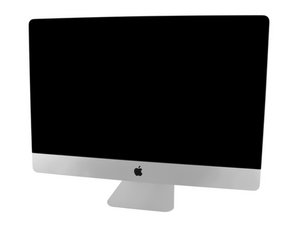You don’t have many options here. Fusion Drives where a stopgap solution Apple did as the cost of the faster I/O of the blade SSD (even mSATA at the beginning) was quite high. Today that is less so and PCIe/NVMe 2 then 4 lanes has pushed the performance well beyond what a SATA III (6.0 Gb/s) drive can offer.
But Apples custom interface creates some issues! First off I really don’t recommend trying to force fit M.2 SSDs into iMacs. While a light user might find them workable, a serious amateur or Pro will quickly encounter issues. Then when trying to combine OS’s like you want to do it adds additional complexities.
So I would either stick with a Fusion Drive setup with a SSD/HDD configuration or run with a Apple, OWC or Transcend blade SSD running Boot Camp so you can then get MS Windows running within it. You might be able to setup a try dual boot macOS / Windows setup but most find that is painful having to restart to jump between hence why most stick with BootCamp. As far as the SATA drive what ever you put in is just a data drive. It won’t hold the OS’s (nor does it need to)
1 - You can’t run a RAID internally as the I/O speeds are to different. One can create and use an external RAID system. As an example I use two M2 RAID boxes connected to my Mac Pro. I don’t use Windows on my Mac Pro and even MS recommends you don’t run Windows on a RAID drive set.
2 - Two SSD’s running in a Fusion Drive set won’t increase performance (mostly it lowers it) the SSD with an original Fusion Drive setup is used as a Caching drive to speed up often accessed data blocks (not files) then if the block was altered write it back this is done at the OS level (macOS) which is why you can’t run Windows natively.
To expand this a bit. The premise to create performance is to use a dual drive setup where the blade SSD is the OS and App holder and a far amount of free space is left for the OS to have elbow room for Virtual RAM and Caching. And if your applications can leverage it use the space for scratch space. So your media and data is strictly on the SATA drive! I like using 512GB for low end amateurs, and 1 or 2TB blade drives for advanced and pro users that do image, video or music work.

 1
1 
 329
329  971
971